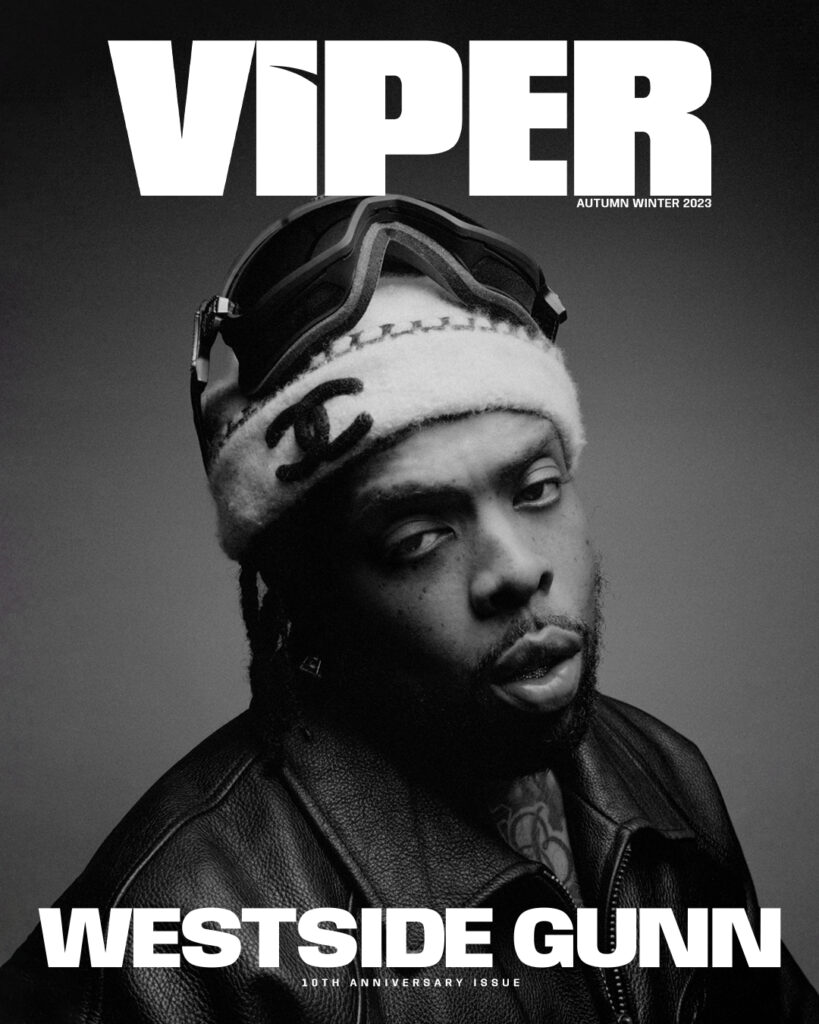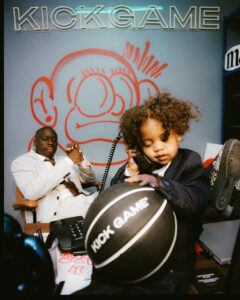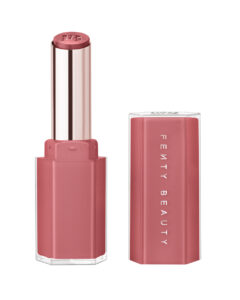Girl bands break up (remember hearing ‘Goodbye’, and knowing the Spice Girls were really over?) and boy bands go their separate ways (or at least they should be encouraged to do so). History would have us believe that group acts just can’t stay together forever. Someone releases a solo album, two members have always secretly hated each other and ‘artistic differences’ are always cited in the divorce. Enter Future Brown, for whom the phrase ‘too many cooks’ is literal music to the ears; the bi-continental quartet is comprised of Asma Maroof and Daniel Pineda AKA LA duo Nguzunguzu, Kuwaiti-born Fatima Al Qadiri, and J-Cush (real name, Jamie), the boss of NYC label Lit City Trax. The collective’s genre-bending sound is as eclectic as the long list of collaborators they’ve worked with.
Future Brown’s electronic, high-definition, Internet-influenced music is a patchwork quilt of inspiration. From reggaeton to rap via Chicago footwork and old school RnB, their plan was always to reach out to vocalists from across the globe to create a unique club-inspired sound. Kelela, Tink, Timberlee, Riko Dan and Prince Rapid all get a name check on their self-titled 2015 LP, a gold-standard for the global underground music scene; hit play on their single, ‘World’s Mine’ featuring Prince Rapid, Dirty Danger and Roachee and you’ll see why. Despite conflicting schedules, time-zones and a never-ending list of collaborators the majority of the album was recorded in an NYC studio, live as a crew and FYI, their back-to-back DJ sets are legendary.
How did you all meet?
Asma and Daniel met while they were studying at the Art Institute of Chicago eight years ago. Fatima and Jamie met in 2010, through Tim DeWit (Dutch E. Germ) in New York. Asma and Daniel met Jamie as we were playing Ghe20 Goth1k parties around the same time. Fatima and Asma met briefly through Ashland (Total Freedom) in Miami in 2009 and reconnected through the parties. It turned out we all had a lot of mutual friends. We became close and the rest is destiny.
I read that the name Future Brown came around after a friend tripped on acid?
It was ‘shrooms, not LSD. While enjoying his trip in upstate New York he envisioned a colour, Future Brown, a hue of brown that doesn’t exist in nature. That idea of a colour which can’t be defined fit the project well.
How do you manage to work collaboratively as four individual artists?
We work in the studio together, bouncing ideas off one another. It means that we can react to each other in real-time, pushing each other beyond our individual comfort zones. We are close friends so that makes it easier. It’s exciting to work collectively with everyone.
Do you feel like a unit?
Absolutely. It’s a united vision. We’re a team of producers that banded together to make beats for vocalists, rappers and MCs that we like.
How integral is the Internet to your identity?
It’s very important. When you’re talking about music, it’s becoming exponentially easier to find music from every corner of the world. Being able to log on and search the web for special music is huge. The music we find, we all share with one another, it’s influenced us and the music we made together.
You’ve each come from within the music industry but via highly varied routes. Why does it help to have different disciplines?
Through our different experiences, we each add our own seasoning to the recipe. These flavours fuse together to make a spicy meal.
Where do you see yourselves fitting into the music industry?
We make beats for vocalists; rappers, singers and MCs. We don’t make music to fit anywhere within the music industry. It’s best to leave our options open. We do what we want, how we want. This is the music we want to make.
This is an extract from the Spring Summer 15 Issue of Viper Magazine. Read more from the magazine here. Buy physical and digital copies here.
Photos by Christelle de Castro
Words by Nellie Eden




